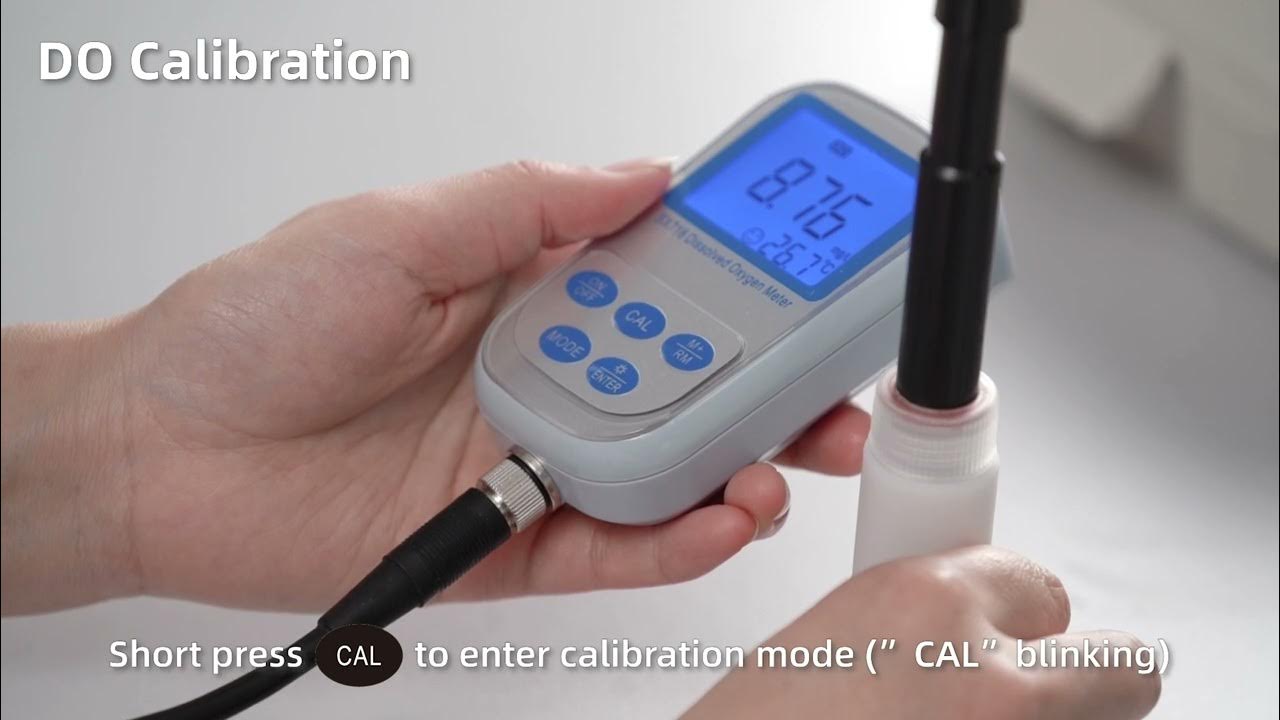Tutorial Pengisian Lembar Kalibrasi Centrifuge
Summary
TLDRThis instructional video focuses on the calibration of a refrigerated centrifuge, detailing the necessary steps and parameters for accurate measurement. It emphasizes the importance of documenting essential information, such as equipment specifications and inspection dates. The calibration process includes measuring speed using a tachometer, calculating deviations, and determining the coefficient of variation to ensure the centrifuge operates within acceptable limits. The results indicate whether the equipment requires external calibration, reinforcing the significance of regular maintenance in laboratory settings for optimal performance.
Takeaways
- 😀 Calibration worksheets are essential for documenting the calibration process in laboratory settings.
- 🔧 Key parameters to check during calibration include speed (RPM), time, and temperature.
- 📅 Important information to record includes the date of calibration, equipment details, and personnel involved.
- 📈 A tachometer is used to measure the actual speed of the refrigerated centrifuge during testing.
- 📊 Differences between the expected speed and measured speed must be recorded for each trial.
- 📏 The average of the squared differences is calculated to assess the calibration accuracy.
- 🔍 A coefficient of variation (CV) less than 5% indicates that the calibration is within acceptable limits.
- 📝 It is important to document the results and conclusions of the calibration process thoroughly.
- 🤝 If internal calibration results are satisfactory, external calibration may not be necessary.
- 💡 Variations in speed settings can be tested to ensure the centrifuge operates effectively across its range.
Q & A
What is the purpose of the calibration worksheet mentioned in the transcript?
-The calibration worksheet is used to document the calibration process and results for laboratory equipment, ensuring that all relevant details such as date, equipment type, and measurements are recorded.
Which equipment is being calibrated in the video script?
-The equipment being calibrated is a refrigerated centrifuge.
What parameters need to be measured during the calibration of the centrifuge?
-The parameters to be measured are speed (RPM), time, and temperature.
How frequently should the refrigerated centrifuge be calibrated?
-The refrigerated centrifuge should be calibrated every six months.
What instrument is used to measure the speed of the centrifuge?
-A tachometer is used to measure the actual speed of the centrifuge.
How is the average actual speed (X̄) calculated?
-The average actual speed (X̄) is calculated by taking the sum of all actual speeds measured during trials and dividing it by the number of trials.
What is the significance of the Coefficient of Variation (CV) in this context?
-The Coefficient of Variation (CV) indicates the precision of the measurements; a CV less than 5% suggests that the centrifuge is operating well and does not require external calibration.
What should be done if the CV is greater than 5%?
-If the CV is greater than 5%, it may indicate that the centrifuge is not operating properly and could require further investigation or calibration.
What are the first steps in the calibration process as outlined in the transcript?
-The first steps include recording the date, equipment name, type, brand, serial number, calibration date, next calibration due, and examiner's name.
What calculations are performed after measuring the actual speeds during trials?
-Calculations performed include determining deviations from the standard speed, squaring those deviations, summing the squared values, and calculating the mean square error and standard deviation.
Outlines

This section is available to paid users only. Please upgrade to access this part.
Upgrade NowMindmap

This section is available to paid users only. Please upgrade to access this part.
Upgrade NowKeywords

This section is available to paid users only. Please upgrade to access this part.
Upgrade NowHighlights

This section is available to paid users only. Please upgrade to access this part.
Upgrade NowTranscripts

This section is available to paid users only. Please upgrade to access this part.
Upgrade NowBrowse More Related Video
5.0 / 5 (0 votes)





